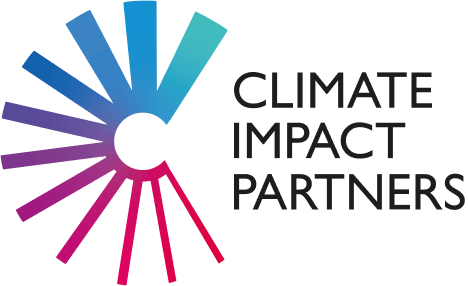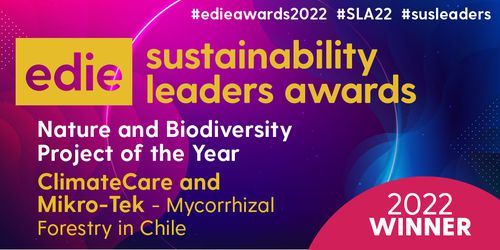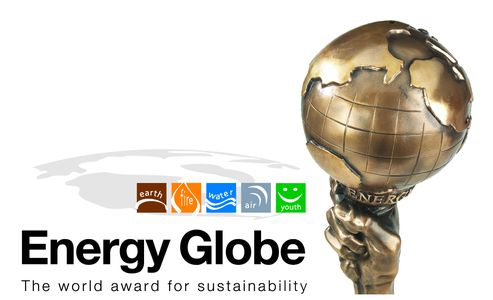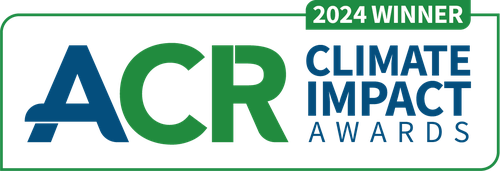This project creates biochar from forest fire burnt wood as well as biomass that is a fire hazard if it is not cleared. By clearing such biomass to make biochar, the project removes forest fire fuel away from critical zones, decreasing the fire risk in the region. The biochar created is then used in soils to increase water retention, especially in arid climates and regions affected by droughts in the Pacific Northwest.
Biochar projects heat organic materials in the absence of oxygen (pyrolysis) to create biological charcoal (biochar), a stable form of carbon which remains inert for centuries. As plants grow, they remove CO2 from the atmosphere and use it to make more biomass through photosynthesis. The carbon in that biomass then gets converted to a stable form in biochar through pyrolysis. Finally, by burying the biochar, the project can keep the carbon out of the atmosphere for long periods of time. This makes producing and burying biochar a form of carbon removal.
Biochar directly solves for the non-permanence risk of nature-based carbon removal projects. While the carbon removal of biochar projects is achieved in the same way as afforestation and reforestation projects, through organic biomass growth, the long-term storage of those carbon removals is enhanced as biochar can store carbon for centuries once mixed into soil.
What is biochar?
Biochar or biological charcoal is a charcoal-like, carbon-rich substance created from sustainable biomass sources like agricultural waste, wood chips, plant residues, and manure. It is a stable, lightweight black material primarily composed of carbon and ashes.
Key characteristics of biochar include:
- Composition: Approximately 70% carbon, with remaining percentages of nitrogen, hydrogen, and oxygen
- Physical properties: Black, highly porous, fine-grained, and lightweight
- Primary purpose: Carbon sequestration and soil enhancement
How is biochar produced?
Biochar production primarily works through a process called pyrolysis, which involves heating biomass in the absence or limited presence of oxygen. Here's how the process typically works:
- Feedstock preparation: Organic materials such as agricultural residues, wood waste, or other biomass are collected and prepared for processing
- Thermal conversion: The biomass is heated to high temperatures (typically 350-700°C) in a specially designed furnace or reactor with limited oxygen
- Decomposition: As the material is heated, it undergoes thermal decomposition, releasing volatile gases and leaving behind carbon-rich biochar
- Collection of by-products: The process yields several valuable products:
- Biochar: The primary solid residue
- Syngas: A mixture of combustible gases (e.g., methane, carbon monoxide)
- Bio-oil: Condensed liquid hydrocarbons
- Processing and application: The biochar is then cooled and can be further processed or applied directly as a soil amendment
In addition to delivering emission removals over the project’s lifetime to take climate action (SDG 13), the project delivers additional benefits:
- Affordable and Clean Energy: Increases proportion of population with primary reliance on clean fuels and technology
- Decent Work and Economic Growth: Decreases unemployment rate, by sex, age and persons with disabilities
- Sustainable Cities and Communities: Increases proportion of financial support to the least developed countries that is allocated to the construction and retrofitting of sustainable, resilient and resource-efficient buildings utilizing local materials
- Responsible Consumption and Production: Decreases hazardous waste generated per capita and proportion of hazardous waste treated, by type of treatment
- Life on Land: Increases progress towards sustainable forest management
Our goal is to deliver 1 billion tonnes of emissions reductions and removals
600+ projects have been supported by Climate Impact Partners
100+ million tonnes of emissions reduced through carbon finance
Delivering towards the Global Goals

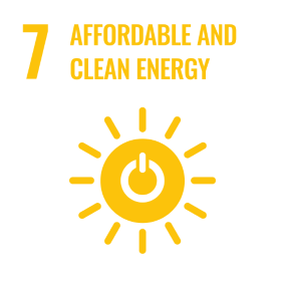
Affordable and Clean Energy
Ensure access to affordable, reliable, sustainable and modern energy
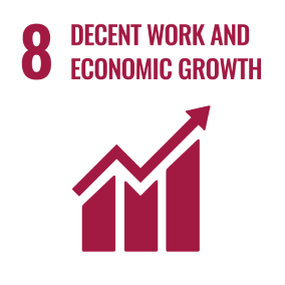
Decent Work and Economic Growth
Promote inclusive and sustainable economic growth, employment and decent work for all
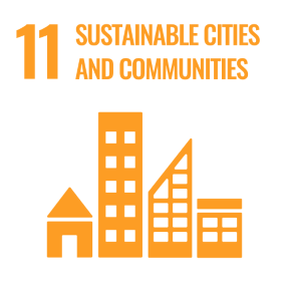
Sustainable Cities and Communities
Make cities inclusive, safe, resilient and sustainable
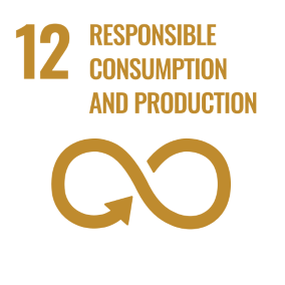
Responsible Consumption and Production
Ensure sustainable consumption and production patterns
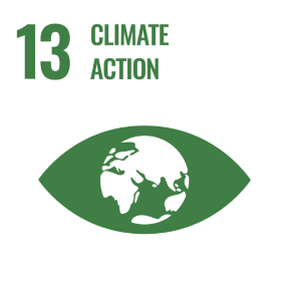
Climate Action
Take urgent action to combat climate change and its impacts
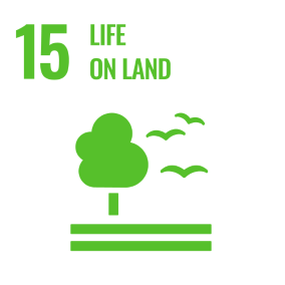
Life on Land
Sustainably manage forests, combat desertification, halt and reverse land degradation, halt biodiversity loss


Supporting our projects delivers on multiple UN Sustainable Development Goals (SDGs). You can read more on the Goals below.
Learn more about the global goalsNext Steps

Explore our projects
Explore our range of projects across the globe: nature based solutions, health and livelihoods and sustainable infrastructure.
Explore
Business Solutions
We are the leading solutions provider for carbon offsetting, net zero, carbon neutrality and carbon finance project development.
Read more